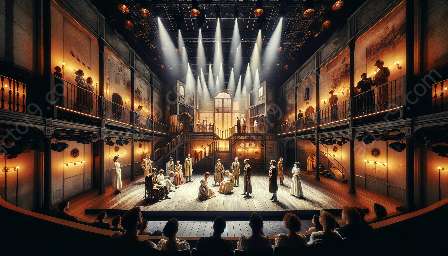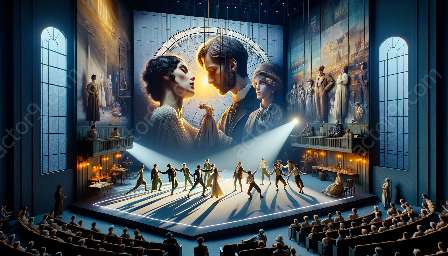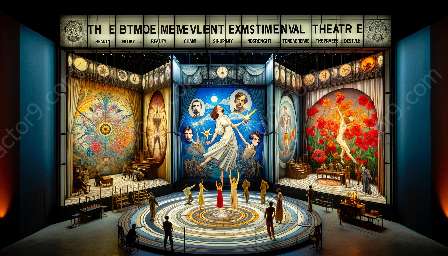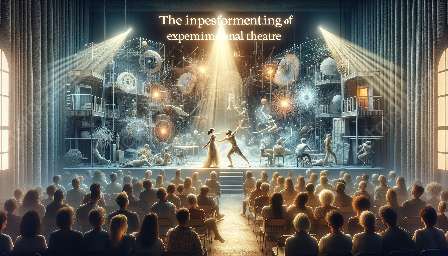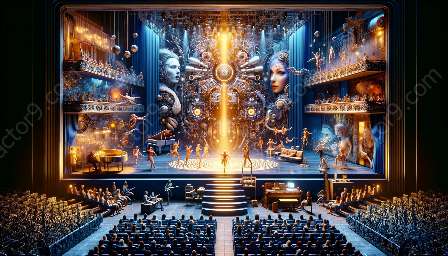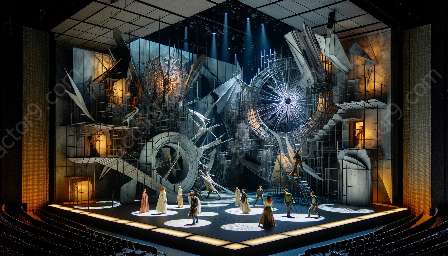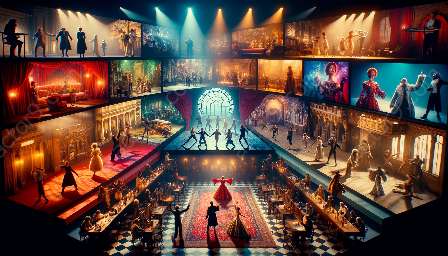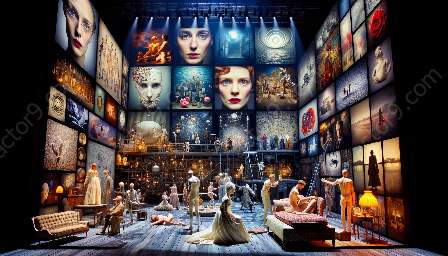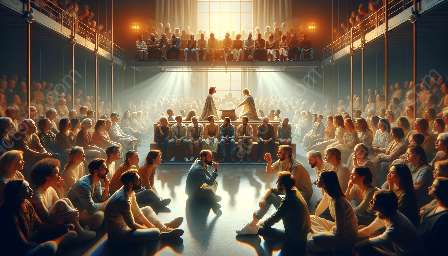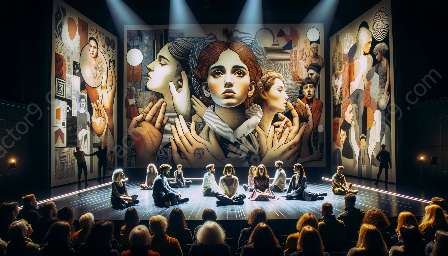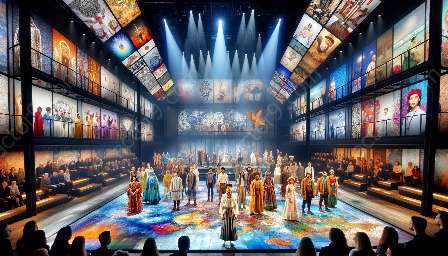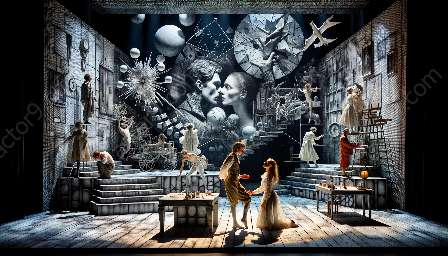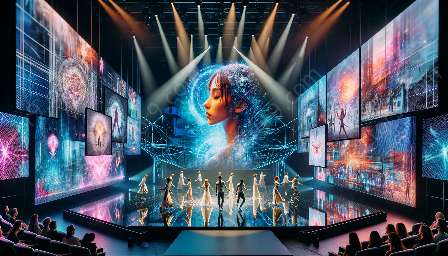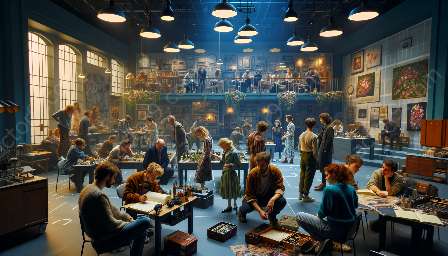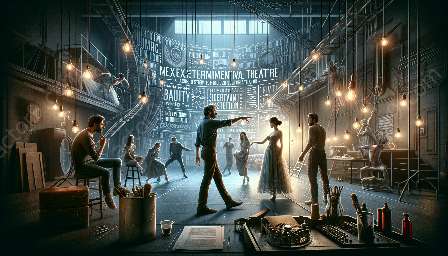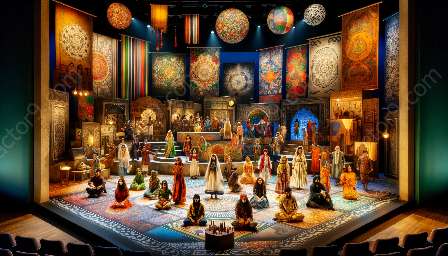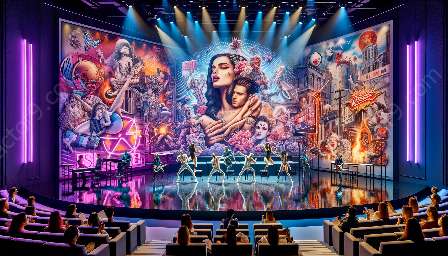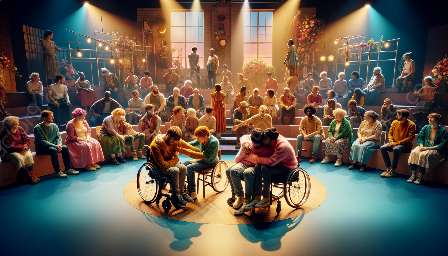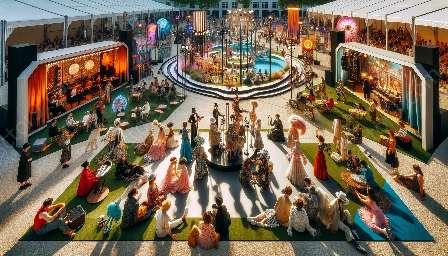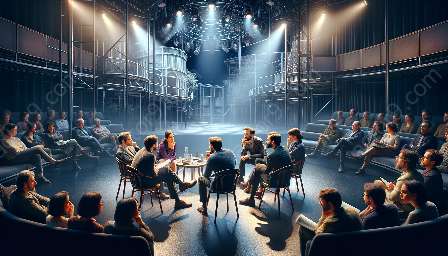Experimental theatre techniques have long been a source of innovation in the performing arts, challenging traditional norms and pushing the boundaries of expression. In this comprehensive guide, we will delve into the ways in which these techniques can be seamlessly integrated into contemporary performance practices. We will also explore the role of directing techniques in experimental theatre and the profound impact of experimental theatre on the evolution of the performing arts.
Understanding Experimental Theatre
To grasp the application of experimental theatre techniques in contemporary performance practices, it's essential to first understand the core principles of experimental theatre. Experimental theatre is characterized by its non-conformity to standard theatrical conventions, often incorporating avant-garde elements, audience interaction, and unconventional narratives. It is a form of artistic expression that prioritizes innovation and challenges the audience's perceptions.
Key Elements of Experimental Theatre
- Non-linearity: Experimental theatre often departs from linear storytelling, embracing non-linear narratives that defy traditional expectations.
- Physicality: Physical movement and expression play a crucial role in experimental theatre, allowing performers to convey emotions and ideas through their bodies.
- Audience Engagement: Experimental theatre frequently blurs the boundaries between performers and audience, fostering immersive and participatory experiences.
- Multimedia Integration: The integration of multimedia elements, such as video projections and soundscapes, is a hallmark of experimental theatre, adding layers of sensory stimulation.
Application of Experimental Theatre Techniques in Contemporary Performance Practices
Contemporary performance practices can benefit immensely from the infusion of experimental theatre techniques. By embracing the principles of experimentation, contemporary performances can break free from conventional structures and engage audiences in new and thought-provoking ways. Here are some key ways in which experimental theatre techniques can be applied to contemporary performance practices:
- Exploring Non-linear Narratives: Contemporary performances can adopt non-linear storytelling techniques to challenge traditional plot structures and offer fresh perspectives on familiar stories.
- Embracing Physical Expression: Integrating physicality into performances enables actors to convey emotions and ideas beyond verbal dialogue, creating a multi-dimensional experience for the audience.
- Fostering Audience Interaction: By breaking down the barriers between performers and spectators, contemporary performances can create immersive environments that invite audience participation and dialogue.
- Utilizing Multimedia Elements: Incorporating multimedia components, such as visual projections and live music, can enhance the sensory impact of contemporary performances, elevating the overall experience.
Directing Techniques for Experimental Theatre
In the realm of experimental theatre, directing plays a pivotal role in shaping the creative vision and execution of performances. Directors of experimental theatre employ a range of innovative techniques to guide and elicit unique performances from actors. Some key directing techniques for experimental theatre include:
- Devising and Collaborative Creation: Directors often engage in collaborative processes with the ensemble to devise and develop the content of the performance, allowing for collective creativity and exploration.
- Immersive Staging: Directors may experiment with immersive staging, where the performance space extends beyond the traditional confines of a stage, enveloping the audience in the action.
- Physical Score: Directors utilize physical scores to choreograph movements and gestures, shaping the physical language of the performance and emphasizing non-verbal communication.
- Non-traditional Rehearsal Methods: Embracing non-traditional rehearsal methods, such as improvisation and structured improvisation, allows directors to cultivate an atmosphere of spontaneity and discovery.
The Impact of Experimental Theatre on Contemporary Performance Practices
The influence of experimental theatre on contemporary performance practices cannot be overstated. The bold experimentation and boundary-pushing ethos of experimental theatre have ripple effects that resonate across the performing arts landscape. Some of the key impacts of experimental theatre on contemporary performance practices include:
- Expansion of Creative Boundaries: Experimental theatre encourages artists to expand beyond traditional constraints, fostering a spirit of innovation and risk-taking in contemporary performances.
- Embrace of Diverse Perspectives: Through its non-conformist nature, experimental theatre promotes the exploration of diverse narratives, voices, and representations, enriching the tapestry of contemporary performances.
- Engagement with Technology: The integration of multimedia and technology in experimental theatre has spurred a wave of technological exploration in contemporary performances, opening new avenues for artistic expression.
- Reimagining Audience Relationships: Experimental theatre challenges traditional audience-performer dynamics, prompting contemporary performances to reexamine and redefine the nature of audience engagement.
Ultimately, the marriage of experimental theatre techniques and contemporary performance practices gives rise to a dynamic and evolving landscape of artistic expression, where innovation, interactivity, and boundary-breaking creativity converge to captivate and provoke audiences.

